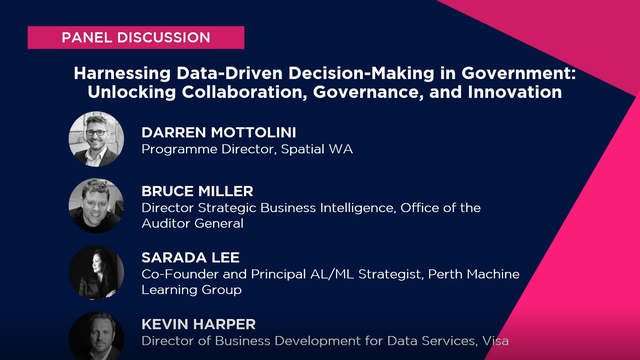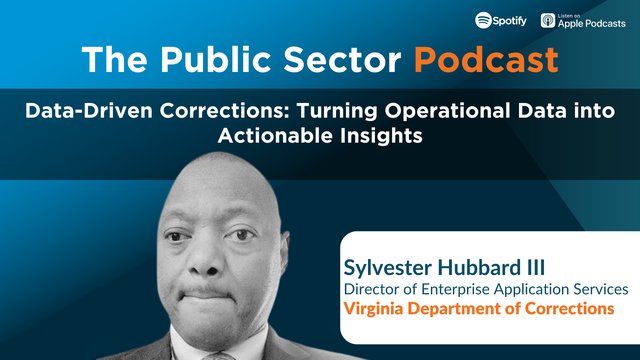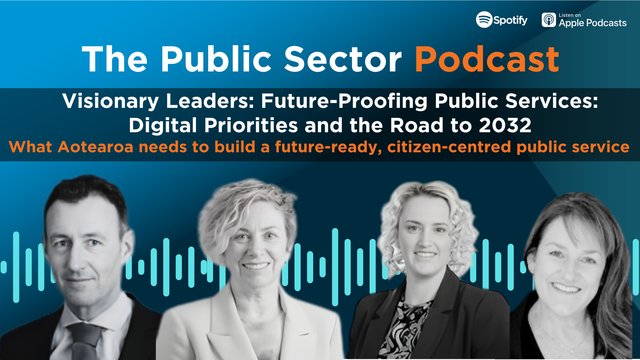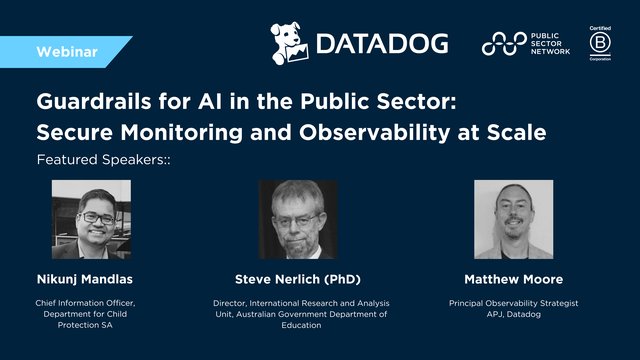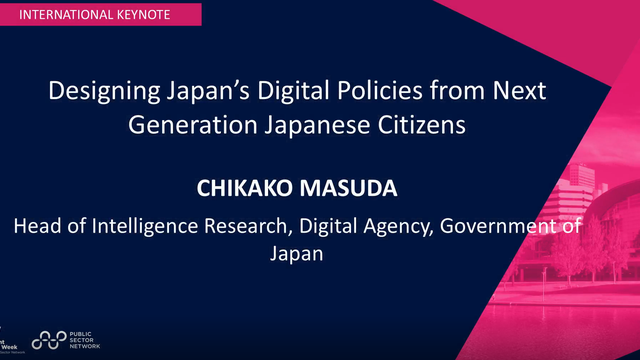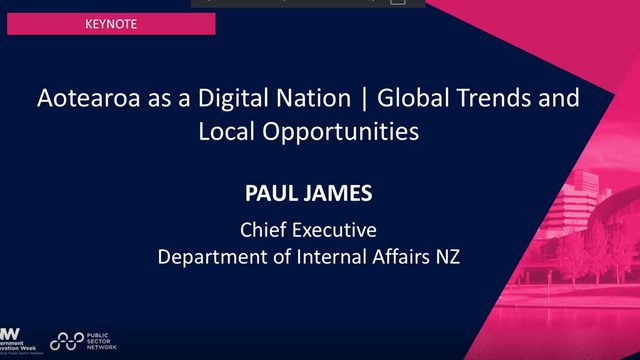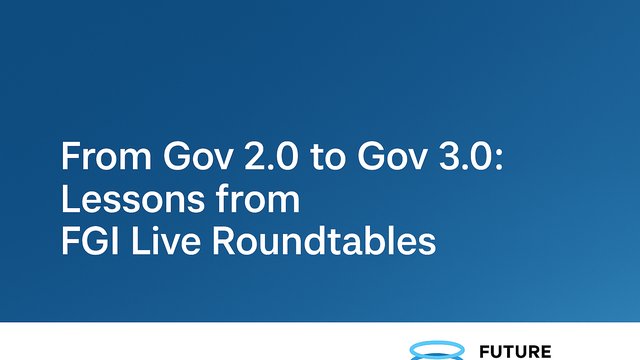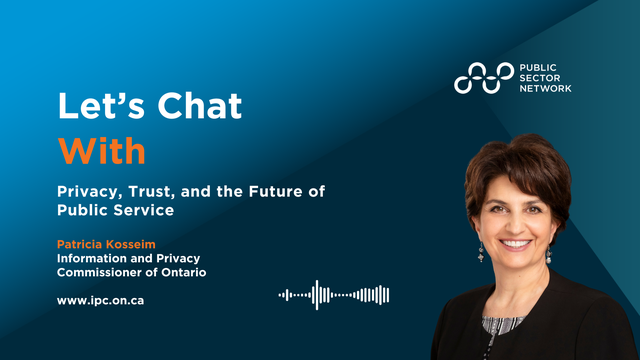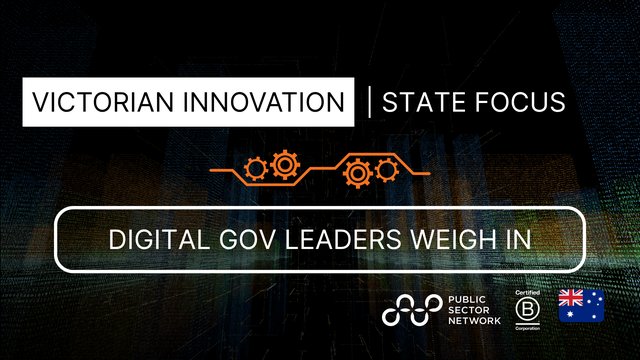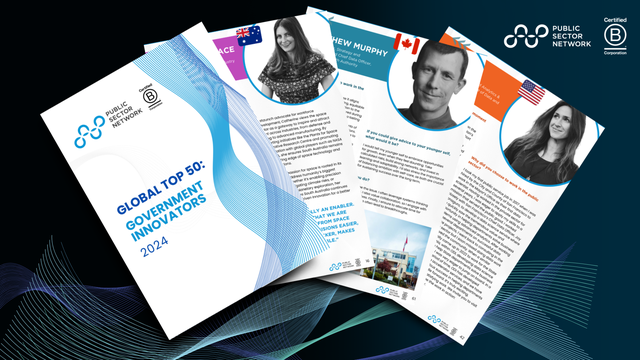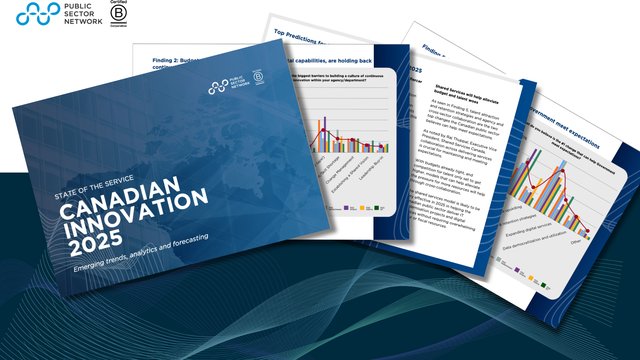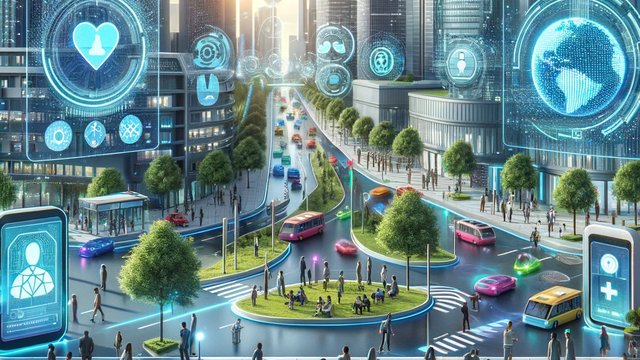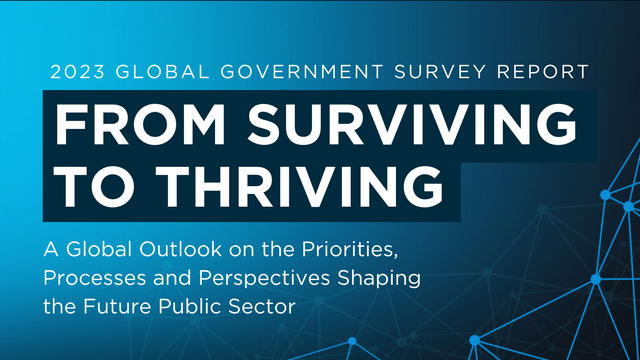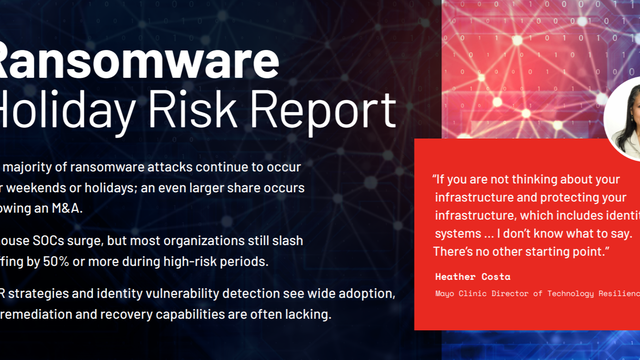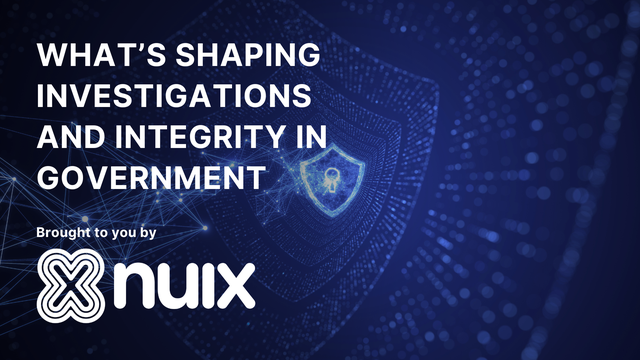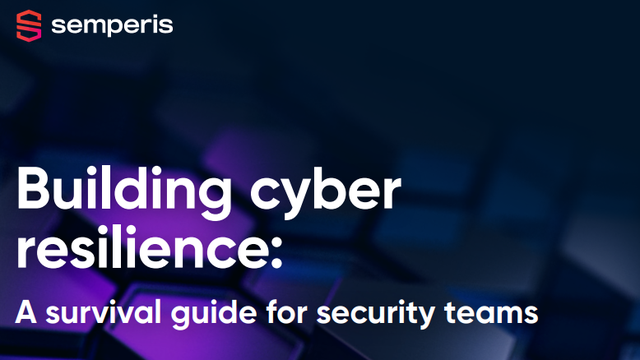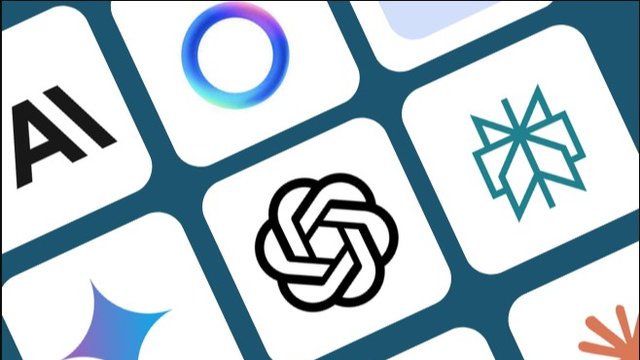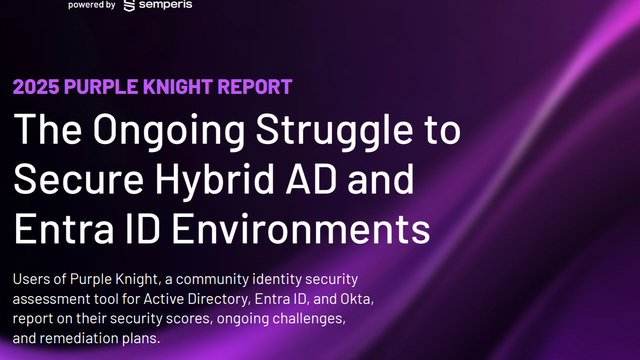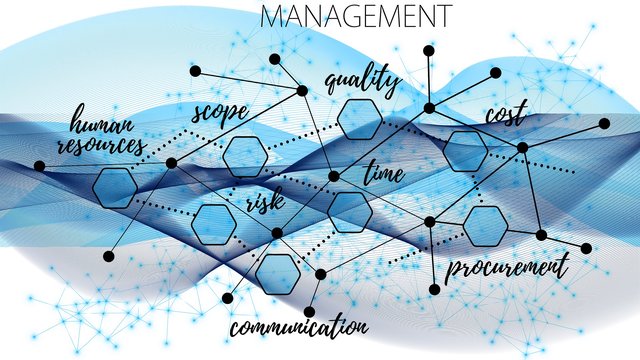

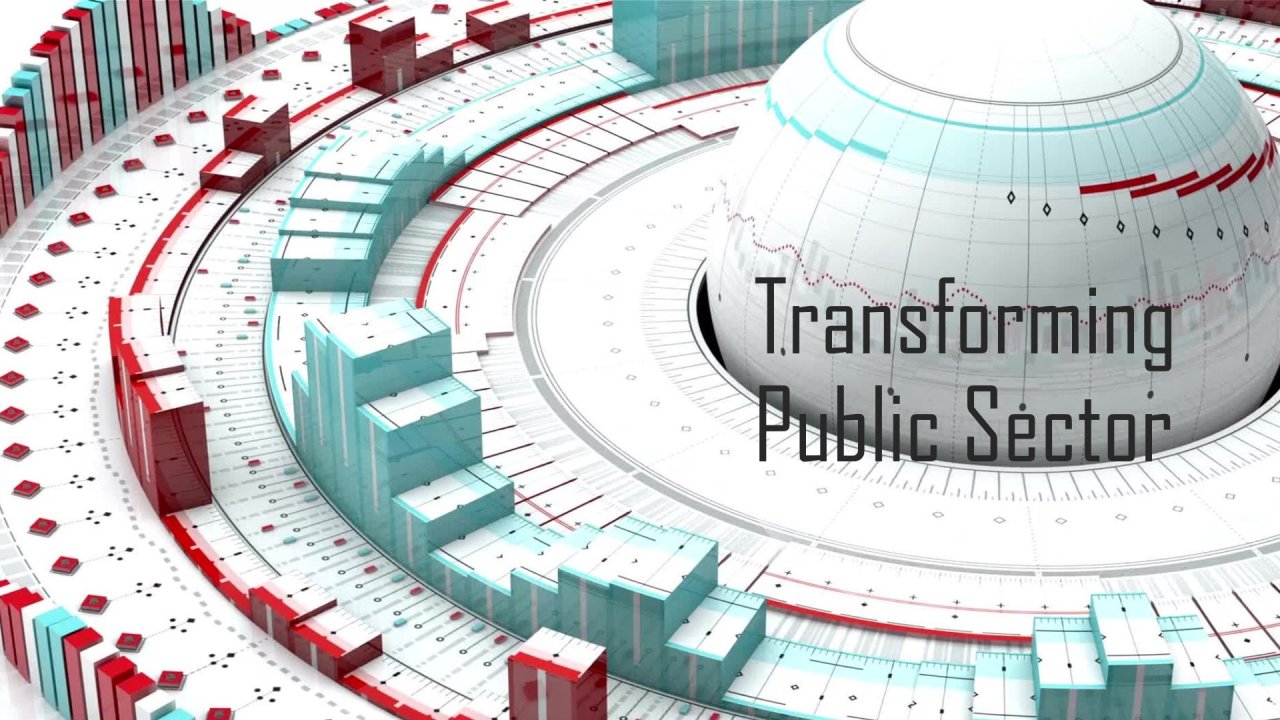
Introduction: The Public Sector’s Workflow Challenge
Government agencies and public sector organizations are under increasing pressure to deliver faster, more efficient services while managing complex workflows. Traditional processes—often reliant on manual data entry, siloed systems, and slow approvals—create bottlenecks that hinder productivity and citizen satisfaction.
Enter Artificial Intelligence (AI). By automating repetitive tasks, integrating data across departments, and providing predictive insights, AI is reshaping public sector workflows for the better. But how exactly is AI driving these transformations? Let’s explore.
Key AI-Driven Workflow Transformations
1. Process Automation & Intelligent Decision-Making
Manual, paper-based workflows are rapidly being replaced by AI-powered automation tools. AI can:
✅ Handle document processing, approvals, and form submissions without human intervention
✅ Reduce human errors and ensure compliance with regulations
✅ Free up staff for higher-value work, rather than routine administrative tasks
🔹 Example: AI-powered document automation can analyze, categorize, and process government applications in seconds instead of weeks.
2. Cross-Agency Data Integration & Real-Time Insights
Many public sector agencies struggle with fragmented data systems, leading to inefficiencies. AI-powered data integration tools can:
✅ Seamlessly connect previously siloed government departments
✅ Enable real-time data sharing and decision-making
✅ Improve response times for public services and inter-agency collaboration
🔹 Example: AI can consolidate data from social services, healthcare, and law enforcement to provide a 360-degree view of citizen needs, enabling better support programs.
3. Enhanced Public Services & Citizen Engagement
AI is revolutionizing citizen interactions by offering faster, more personalized service experiences.
✅ AI-powered chatbots handle public inquiries 24/7
✅ Virtual assistants provide self-service options for common government tasks
✅ AI helps tailor services to citizens’ needs, ensuring better accessibility
🔹 Example: AI-driven chatbots can answer frequently asked questions, schedule appointments, and process service requests—reducing wait times for citizens.
4. Predictive Analytics for Proactive Governance
AI is shifting public sector decision-making from reactive to proactive by providing predictive insights that help governments anticipate needs and allocate resources more effectively.
✅ AI models can forecast demand for public services based on historical data
✅ AI identifies fraud risks, compliance violations, and security threats
✅ Predictive analytics optimize budget planning and resource allocation
🔹 Example: AI-driven analytics can help city planners predict infrastructure needs (like roads, public transport, or emergency services) before they become critical issues.
Overcoming AI Adoption Barriers
Despite AI’s potential, public sector organizations often face challenges in adopting AI-driven workflows:
❌ Legacy systems that don’t integrate with AI tools
❌ Data privacy & security concerns
❌ Workforce adaptation and the need for AI training
To successfully integrate AI, government agencies need to:
🔹 Invest in secure, scalable AI infrastructure
🔹 Develop clear policies on ethical AI use
🔹 Upskill employees to work alongside AI tools
The Future of AI in Public Sector Workflows
As AI technology evolves, the next wave of innovations will further transform public sector workflows:
🚀 AI-powered policy simulation & decision-making
🚀 AI-driven risk management & fraud detection
🚀 Autonomous AI agents handling routine government tasks
The shift is clear: AI is no longer a luxury—it’s a necessity for modern, efficient governance.
Conclusion: The Next Steps for AI Adoption
Public sector leaders must act now to embrace AI-powered workflows that enhance efficiency, improve services, and future-proof government operations. The future of AI in government isn’t just about automation—it’s about delivering smarter, faster, and more accessible public services.
🔹 What do you think? How is AI transforming workflows in your sector?
Let’s discuss in the comments!
#ArtificialIntelligence #AI #PublicSector #DigitalTransformation #WorkflowAutomation #GovTech
Published by
About our partner

Cloud Application Services Ltd
At Cloud Application Services, we specialize in delivering dynamic case management solutions alongside bespoke application and integration development services. Our experienced team is dedicated to providing trusted and innovative solutions tailored to meet the unique needs of our clients.
Learn more

